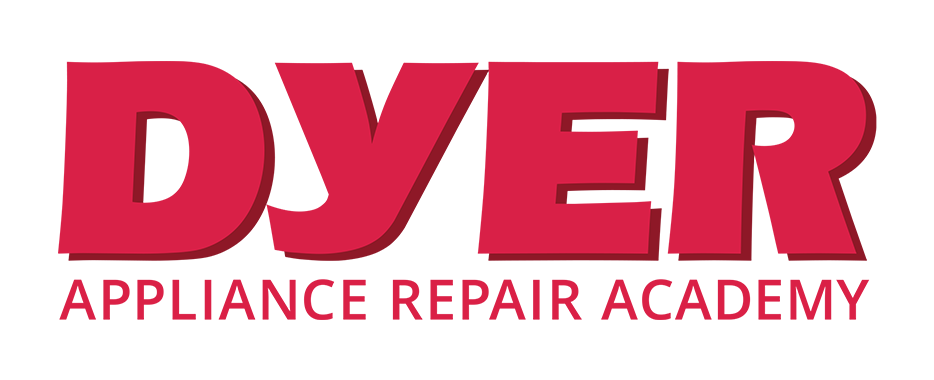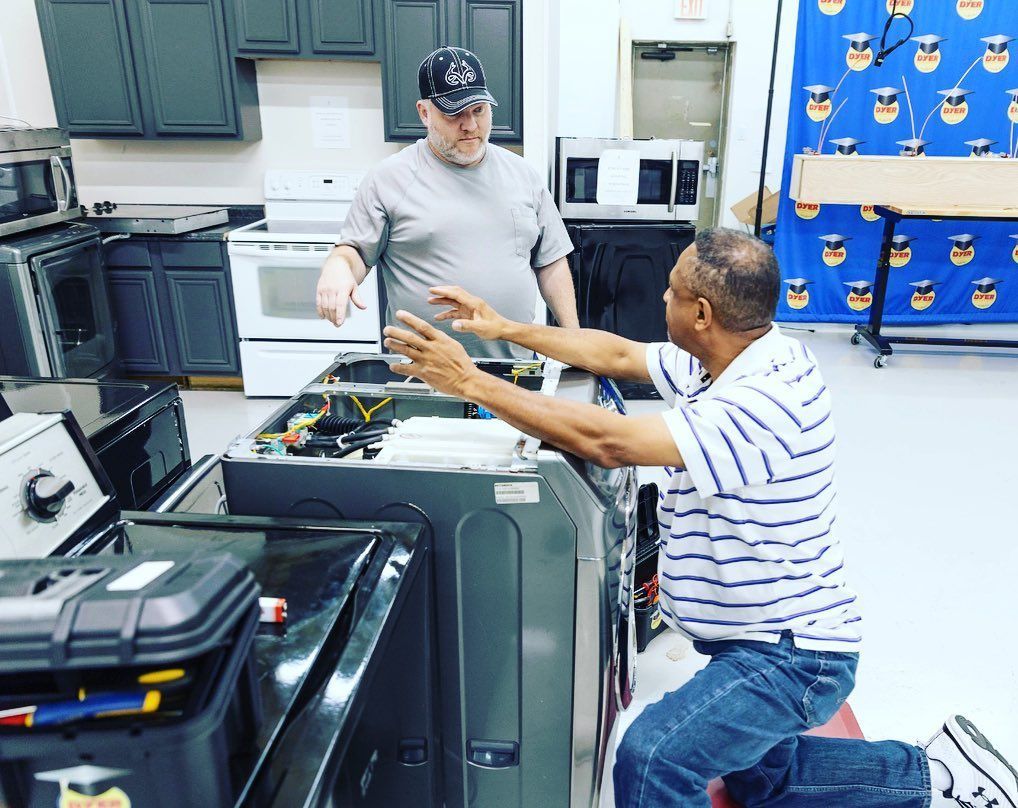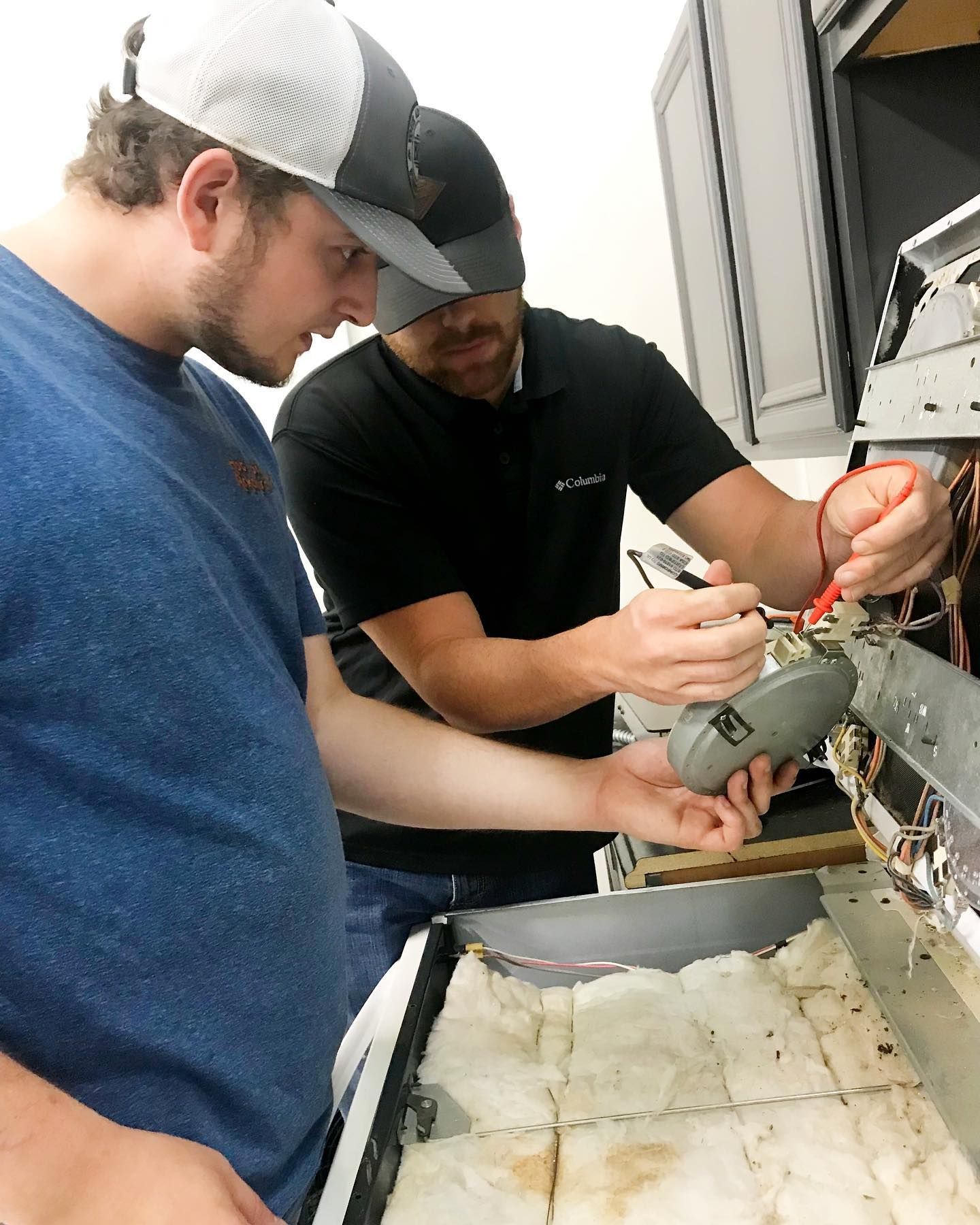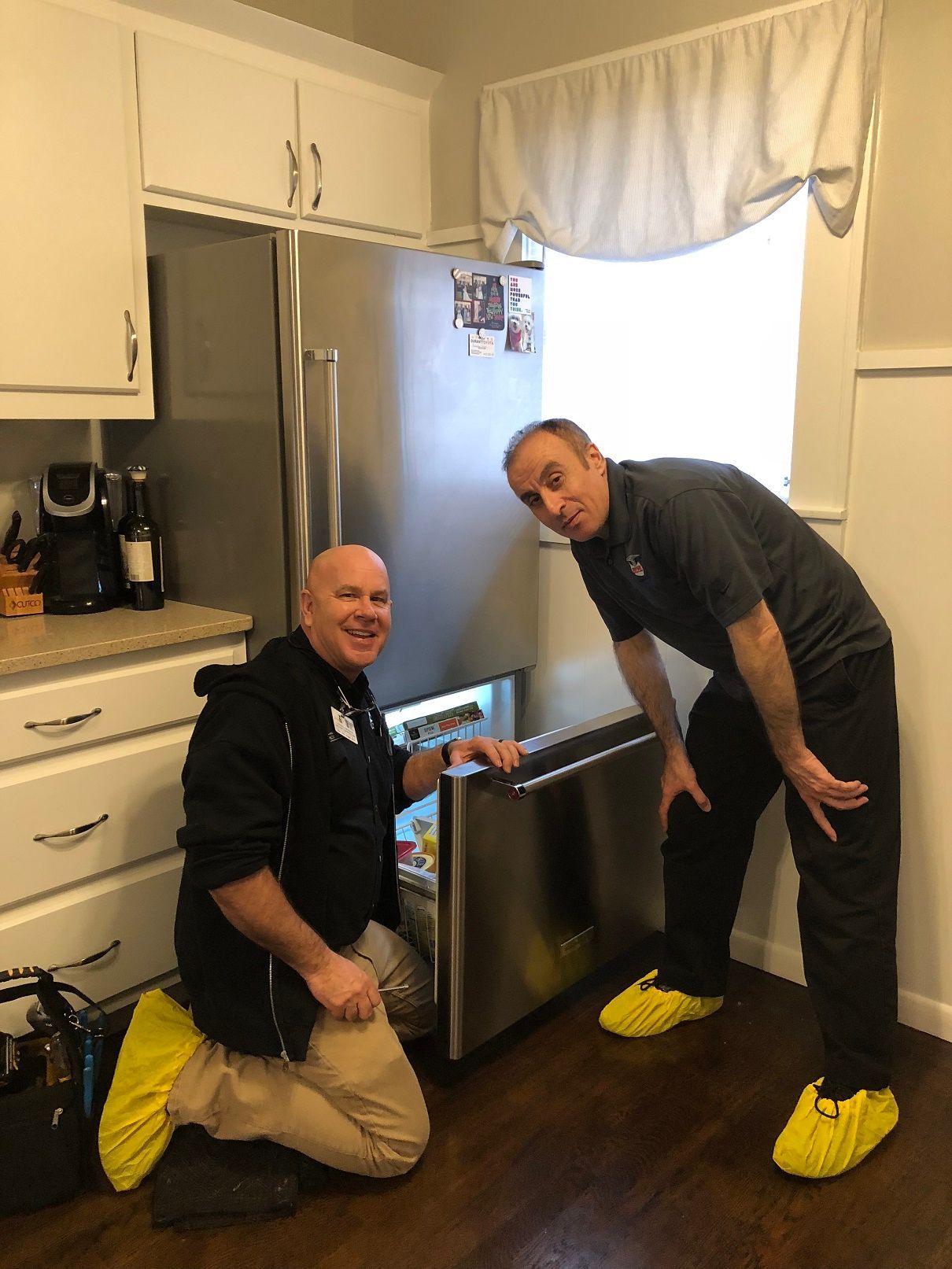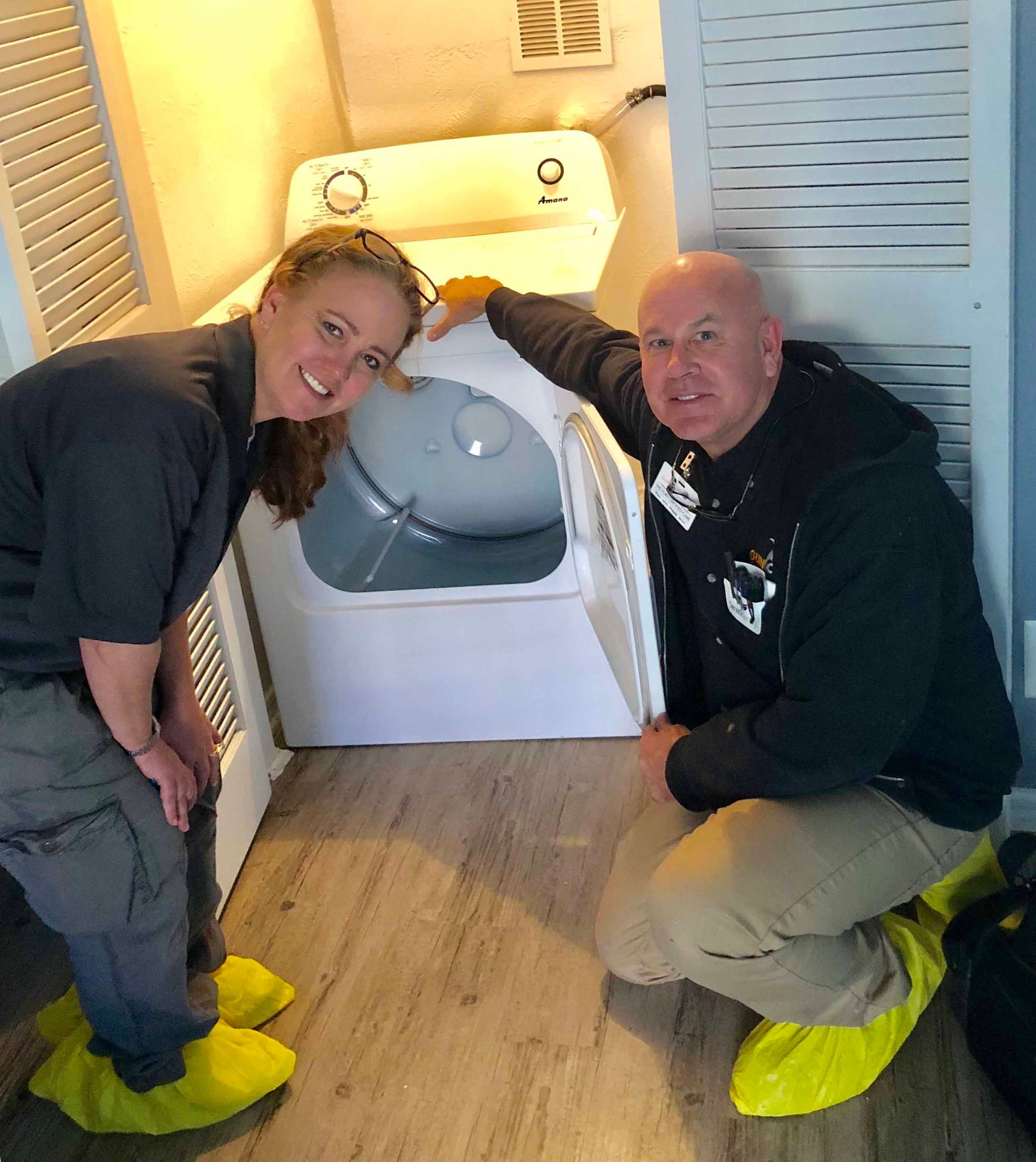Recent Blog Posts
Appliance Repair Training
Richland Hills, TX
2 Week Sessions
Reasonable Pricing
Hands-on Experience
Request Call Back
Hero Request Form
Thank you for contacting us.
We will get back to you as soon as possible.
Please try again later.
Launch Your Appliance Repair Career
Dyer Appliance Repair Academy paves the way for a successful career in appliance repair. With over 40 years of industry experience, we've been developing skilled technicians since 2013. Our academy is one of only four in the country offering hands-on training, ensuring you gain practical skills that make you stand out in the field. As members of the United Appliance Servicers Association (UASA) and the Marcone Servicers' Association (MSA), we're committed to upholding industry standards and continuous improvement.
We prioritize personalized learning by offering one-on-one assistance to each student. Additionally, our program is designed to require minimal time and financial commitment, making it accessible for those looking to jumpstart their careers without overwhelming their schedules. Join us and take the first step towards a rewarding future in appliance repair!
Our two-week Appliance Repair Fundamentals course covers everything from basic repairs to advanced troubleshooting techniques. The curriculum includes basic electricity, gas, and refrigeration theory, and the principles of operation, major components, and common faults of all major household appliance types. Our weekend Sealed Systems Diagnostics and Repair course is a deep dive into sealed systems repair that covers R134a and R600 and features hands-on time with Vulkan’s Lokring system.
We focus on preparing you for real-world challenges. Whether you're new to the field or an experienced technician looking to enhance your skills, our academy provides the knowledge and hands-on experience you need to succeed. Ready to boost your career? Contact Dyer Appliance Repair Academy today and begin your journey to becoming a skilled appliance repair professional.
Why Choose Dyer Appliance Repair Academy
Hands-On Experience
2-Week Sessions
Weekend Classes
One-on-One Assistance
Minimal Time and Money Commitment
Connect with Other Technicians
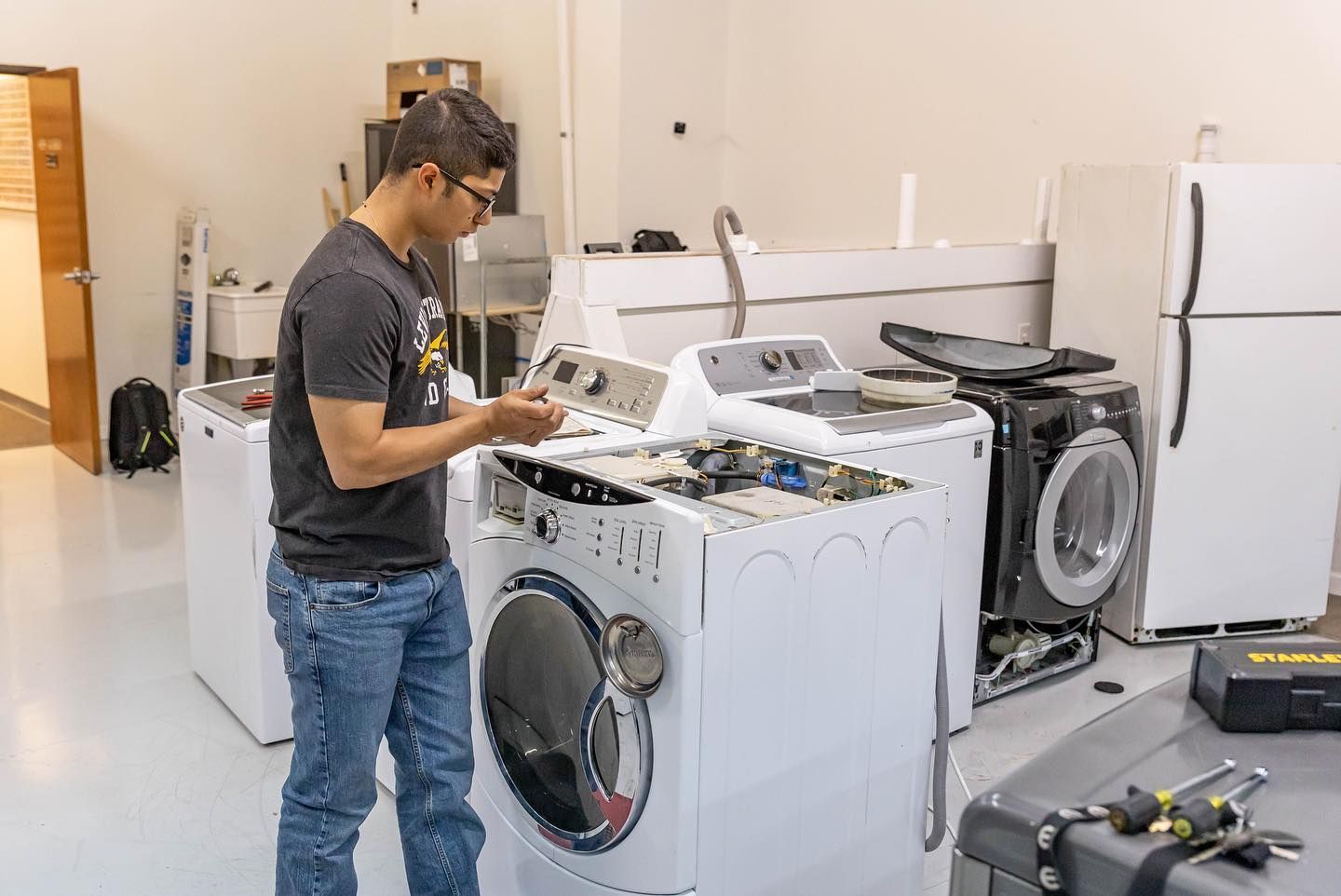
Our Courses and Schedule
Our program offers thorough, hands-on training in appliance repair, covering all major residential appliance types. Our two-week sessions run throughout the year, so you can choose a time that works best for you. We also offer a multi-class discount, making it easier to learn about different types of appliances. We train new hires from F&P, but we don't provide any training specific to their products. They go back to F&P for that.
Why Choose Dyer
Choosing Dyer Appliance Repair Academy is an investment in your future. With over 45 years of industry experience and 12 years as a training school, you'll learn from seasoned professionals. We offer fair pricing without cutting corners on quality, and we proudly support our military with special discounts. Our practical approach and industry connections give you a real advantage when looking for jobs.
Job Board
Our job board is a great resource for students and graduates. We've built strong relationships with appliance repair companies across the Continental US, giving you access to many job opportunities. You can find the latest job openings and connect with potential employers who value the training you've received at Dyer Appliance Repair Academy.
Links and Resources
We give our students a wide range of links and resources to support their learning. This includes technical manuals, troubleshooting guides, industry publications, and online forums. You'll have everything you need to succeed. These resources work alongside our hands-on training and help you stay up-to-date with the latest trends and technologies in appliance repair.
Lodging Options
We know many of our students travel from across the country to attend our academy. To make your stay comfortable, we provide information on various lodging options near our training center. Whether you prefer budget-friendly hotels or extended-stay accommodations, we'll help you find a great place to stay during your two-week training session.
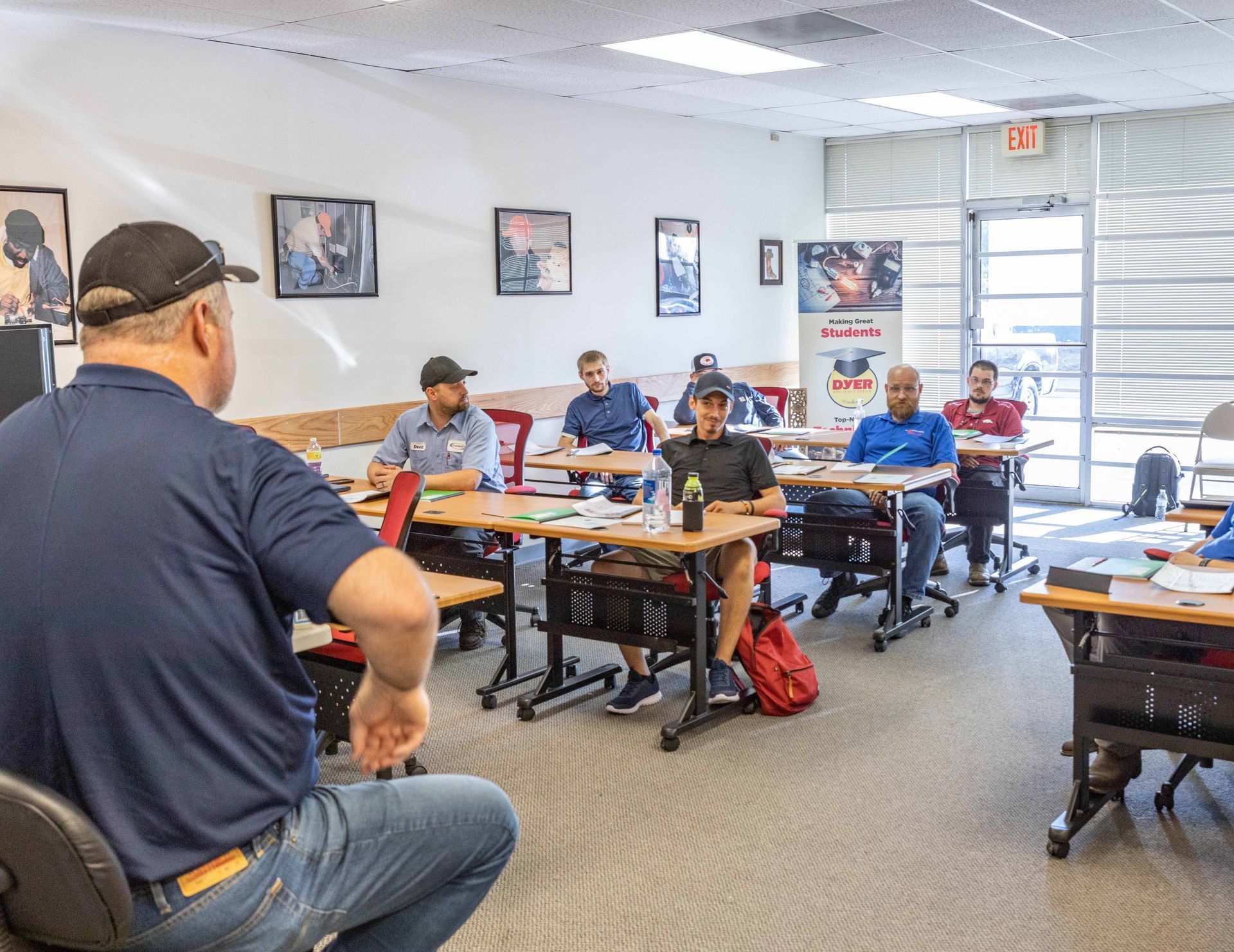
Here's what our satisfied customers are saying...
At Dyer Appliance Repair Academy, we take pride in providing exceptional appliance repair training to our customers. We would be grateful if you could share your thoughts about our academy with others. Your feedback helps us improve and helps others make informed decisions. Please take a moment to leave a review of Dyer Appliance Repair Academy and let others know what you think.
